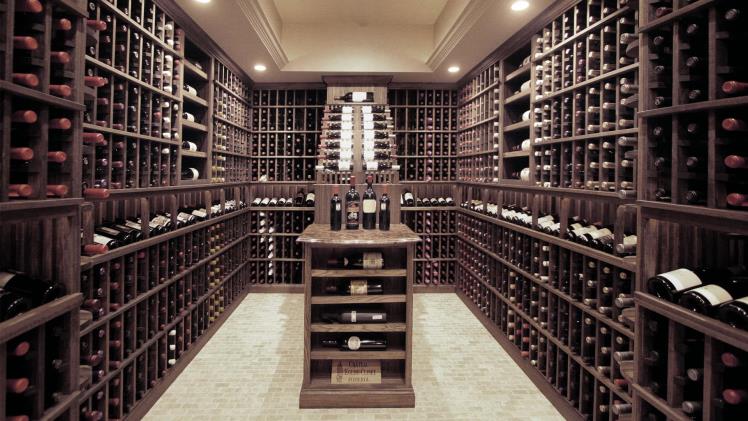In the earlier days, people stored wine in terracotta containers, smoke-filled rooms, underground catacombs, and subterranean wine caves. At present, be it in a commercial or residential space, wine lovers prefer installing a custom wine cellar to ensure the storage meets their specifications. A cellar is a storage area for massive wine barrels and luxurious wine bottles. It protects all types of wines, including champagne. With the help of the cellar, you can ensure that too much light, temperature, humidity swings and various other external factors don’t deteriorate the quality and taste of the wines. There are countless traditional and modern wine cellars in the market. They have often been referred to as wine rack, wine cooler, wine cabinet, wine room and wine storage. This article will explore different types of cellars and shine a light on what makes a cellar ideal.
What are the types of cellars?
Wine storage cellars are categorised into two types mentioned below.
- Active-cooled cellars: This cellar comprises an automated system to maintain temperature, humidity and various other factors.
- Passively-cooled cellars: They are built underground with no automated climate-control system, which helps in protecting against temperature swings.
What are the optimal conditions for wine storage?
Your wine can be flavourful and aromatic when it is stored in appropriate climate-controlled conditions. A few factors can either make or break the quality and market value of your wine collection. Below listed are those factors:
- Vibration: Vibrations can deteriorate the flavour and aroma of the wine. The experts believe that wine can be ruined due to sediment and chemical reactions. As per sediment theory, only the pure liquid will float on top, whereas the solid matter will sink into the bottom when the wine ages. When the bottles vibrate, the sediments don’t sink in the bottom or separate from the liquid, which alters the flavour drastically.
- Temperature: Wine requires to be stored at a 45 to 65 degrees Fahrenheit temperature for long-term ageing. 50 to 58 degrees Fahrenheit is the most suitable range for the normal ageing process of wine. Any variations in the above mentioned temperatures can cause the ageing process of the wine to be faster.
- Humidity: High humidity of the wine leads to mould formation on the cork and damages the labels, whereas low humidity causes the cork to dry up. With humidity of around 57 per cent, the quality of the wine won’t be compromised. You can maintain it in the range of 50 to 70 per cent.
- Light: You can easily store wines for more than a year when you keep direct light away. Wines are mostly packaged in tinted bottles to prevent damage from direct sunlight. In case you have bottles with clear packaging, you must store them with extra care.
What makes a wine cellar ideal?
For a cellar to be ideal, you don’t require a long wine list. All you need to do is to ensure that the cellar satisfies the below requirements.
- Well-curated wine collection: Your perfect wine room is incomplete without the best vintages. You can create a varied assortment of wines by collecting them from the world’s best wine regions curated by experts.
- Intelligent wine cellar design: The design of the wine cellar must include modern features such as a double-layered glass with enhanced UV protection, security lock and key, touch control panels or digital climate controls and configurable wine racks.
- Energy efficiency: With all the cooling and ventilation in the cellars, a considerable amount of energy is utilised. It would be good to ensure that your cellar is technically equipped to alter the cooling mechanisms and orientation to minimise the expenditure of energy.
- Superior organisation and presentation: An ideal cellar is well-organised. You can organise your wine collection according to your favourite bottles. You can also sort them out in the custom wine cellar as per the region, grape varietals and wine types. But make sure they are easier to pick.

